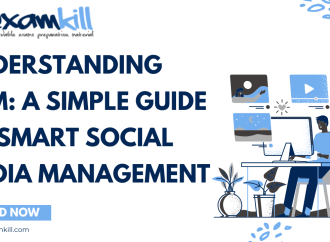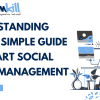Attention all banking enthusiasts! Are you wondering how banks with higher interest rates are vulnerable to risks? If so, then you have come to the right place. In this blog post, we will be delving deep into the world of banking and exploring the potential vulnerabilities that exist within institutions that offer high-interest rates on
Attention all banking enthusiasts! Are you wondering how banks with higher interest rates are vulnerable to risks? If so, then you have come to the right place. In this blog post, we will be delving deep into the world of banking and exploring the potential vulnerabilities that exist within institutions that offer high-interest rates on deposits. So grab your coffee, sit back, and get ready to uncover some eye-opening information about the banking industry. Trust us; you won’t want to miss this one!
What are the vulnerabilities of banks with higher interest rates?
When it comes to interest rates, banks are in a precarious position. If rates are too low, they don’t make enough money on loans and risk losing customers to competitors. But if rates are too high, they may find themselves struggling to attract new business and become vulnerable to criticism from policymakers.
The recent rise in interest rates has put many banks in a difficult position. While higher rates may be good for their bottom line in the short term, they also make the banks more vulnerable to a number of risks.
First, higher interest rates tend to crimp economic growth. That’s because when rates go up, consumers and businesses have less money to spend. This can lead to lower loan demand and fewer customers coming into branches.
Second, higher rates can also lead to increased defaults on loans and credit products. When rates rise, people with variable-rate loans may find their monthly payments going up. This can cause them to miss payments or default entirely. The same is true for people who have adjustable-rate mortgages; if rates go up, their monthly payments will increase as well.
Third, higher interest rates make it harder for banks to compete for deposits. When rates go up, savers can get better returns by investing in other products like certificates of deposit or money market accounts. This means that banks have to offer higher interest rates on deposits just to keep customers from taking their money elsewhere.
Fourth, high interest rates can er
Who is most impacted by these vulnerabilities?
When it comes to higher interest rates, banks are not the only ones who are impacted. In fact, consumers are usually the ones who suffer the most from these types of vulnerabilities. This is because higher interest rates can lead to increased fees and charges, which can put a strain on your finances. Additionally, higher interest rates can also make it more difficult to qualify for loans and other types of credit. As a result, it is important to be aware of the potential risks associated with higher interest rates before you decide to open an account with a bank that offers them.
How can these vulnerabilities be mitigated?
There are a few ways that banks can mitigate the vulnerabilities associated with higher interest rates. First, they can increase the rates on their deposits to match or exceed the rates offered by other banks. This will help to keep deposits from fleeing to other banks offering higher interest rates. Second, banks can offer attractive and competitive products that will help to lure customers away from other banks. Finally, banks can use technology to their advantage by offering online and mobile banking options that make it easier for customers to bank with them.
Conclusion
In conclusion, it is important for banks to take into account the vulnerabilities of offering higher interest rates before doing so. Higher interest rates can be beneficial in certain circumstances, but they are also associated with an increased risk of losses due to defaulted accounts and a decrease in overall profitability. Banks should assess their current financial situation and consider other strategies before opting to increase interest rates on loans or credit card products.























Leave a Comment
Your email address will not be published. Required fields are marked with *